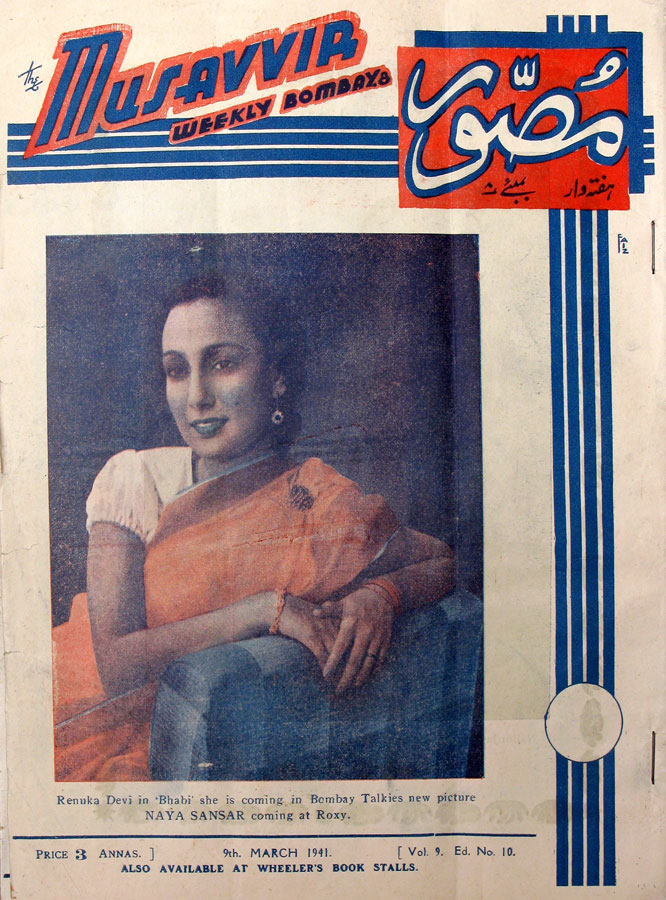Yousuf Saeed



Grant Period: Over one year
Yousuf Saeed is an independent filmmaker, archivist and author with multiple fellowships, publications, conference presentations, and extensive experience in documentary film making on a wide range of subjects to his credit. He is also the director of Tasveer Ghar, an initiative that archives South Asian popular culture. Yousuf’s project, Tasveer-e-Urdu emerged out his many years of archiving popular visual arts in the Urdu language context, and marks for itself a carefully chosen location within history and culture. Tasveer-e-Urdu sought to research and document printed images from early to mid-twentieth century Urdu literature using material from public and private collections in and around Aligarh, a major site of Urdu publications during this period.
Exciting and valuable from a number of perspectives, the project will attempt to subvert stereotypes about Islamic culture in post-Independence India. But where contemporary Islamic culture is almost completely dominated by austere religious imagery and displays an absence of human figures, early to mid-20th century images from popular Urdu magazines offer an interesting contrast. These images reveal a diametrically opposite delineation of Muslim identity, also shared by other pan-Indian radical organisations such as the Progressive Writers Association of the 1930s. In other words, Urdu publications of the early to mid-20th century were active and equal participants in the print culture that forged the identity of an emerging nation. Equally remarkable is the fact that many of the features and images engaged with religious and cultural issues were relevant to non-Muslim communities as well.
Yousuf asks, “If Urdu print culture of early 20th century India was not restricted exclusively to Islamic or Islamicate themes and was a more inclusive media for mainstream secular communication, what caused it to be slowly associated with Indian Muslims alone?” Yousuf points to the decline of Urdu as a language and a subject in schools and universities in the post-50s era that caused an attrition in Urdu literacy and readership, and subsequently led to the replacement of liberal-secularist imagery with religious imagery. However, Yousuf also states that elements of the earlier culture continue to exist among Urdu-literate people living in qasbas and small towns near Aligarh. In his analysis, the visual culture in Urdu literature becomes the bearer of historical messages rather than yielding any insights into aesthetics and stylistics of a generation of visual artists as such.
